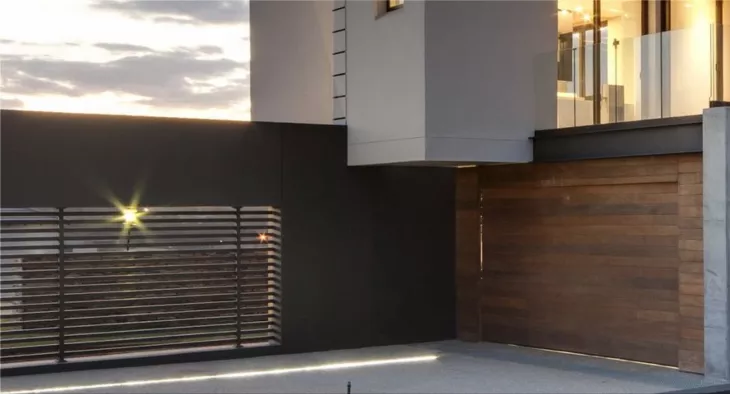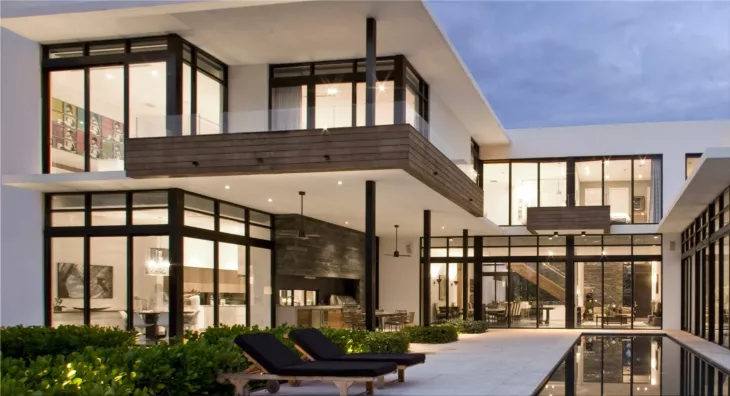Wooden facades have traditionally been associated with rural settings, although this is no longer the case. There has been a recent uptick in the number of homes whose owners have made ornamental use of wood on the outside.
For millennia, people have relied on wood as a building material. Forest raw materials are used as building materials. Floorboards and wall/ceiling paneling made of wood contribute to a pleasant home environment. Nowadays, facades typically feature wood. One reason for this is the aesthetic value it adds to a room. Because you can choose from a wide range of woods, finishes, and laying patterns, there is always a facade that will work for a building.
Open facade cladding, which consists of wooden parts mounted at a particular distance from each other in front of the actual building wall, is trending at the moment. However, tongue and groove boards or wooden shingles are joined together in an interlocking fashion in closed systems. The orientation of the land can also be altered. Formwork can be arranged in any of these three orthogonal planes.
Increasingly, people are choosing wooden facades because they care about the environment. Since wood is both renewable and resistant to the effects of climate change, it makes sense to utilize it as a facade material. With the proper installation of eco-friendly insulation behind the facade, the house can be turned into a home that uses less energy and meets all required standards.
Building officials should be talked to ahead of time to determine what kinds of wood facades are allowed by the land use plan.
Spruce, fir, and pine are typical examples of softwoods employed. Deciduous tree species such as oak, chestnut, and robinia are frequently used for exterior cladding. An ever-increasing number of people are drawn to the natural beauty of the Siberian larch, which, when left untreated, changes color from silver to grey as a result of exposure to the sun and rain. Quick-fix options include purchasing pre-treated wood that has already taken on a patina appearance. Professionals agree that wooden storefronts have a very long lifespan (at least 20 years).
A Swedish-style wooden exterior is a safe bet if you want your structure to stand out. All three colors—red, blue, and yellow—bring positive vibes of happiness. Black timber facades, which pair nicely with contemporary home design, exude mystique and intrigue. Scandinavian mud paint, made from natural colors, water, and linseed oil, can be used to create exterior walls. The problem is that it needs constant maintenance. The wood can also be flamed in the oven, creating a more lasting effect by charring the surface. When exposed to sunshine, dark facades heat up far more quickly than light-colored wood, which is an issue in warmer climates.
Due to the growing importance of seamless indoor and outdoor living spaces, glass has emerged as a prominent material for building facades. Massive panoramic windows or window fronts are now feasible because of highly insulating glass. A combination of glass and wooden masks is very trendy at the moment. Windows can be made out of wood, and the transition from the window to the wooden facade can be made to look seamless because wood is dimensionally stable and provides sound insulation.
There is a long history between plastered facade elements and wooden ones. Additionally, wooden shingle siding is making a comeback.
Facades, whether made of wood, glass, clinker, or plaster, do a great job setting the mood for a building. A 3D configurator allows you to check out different facade designs before committing to one. This will give you a general idea of the exterior design before you meet with our local house partners to go through the finer points.



























